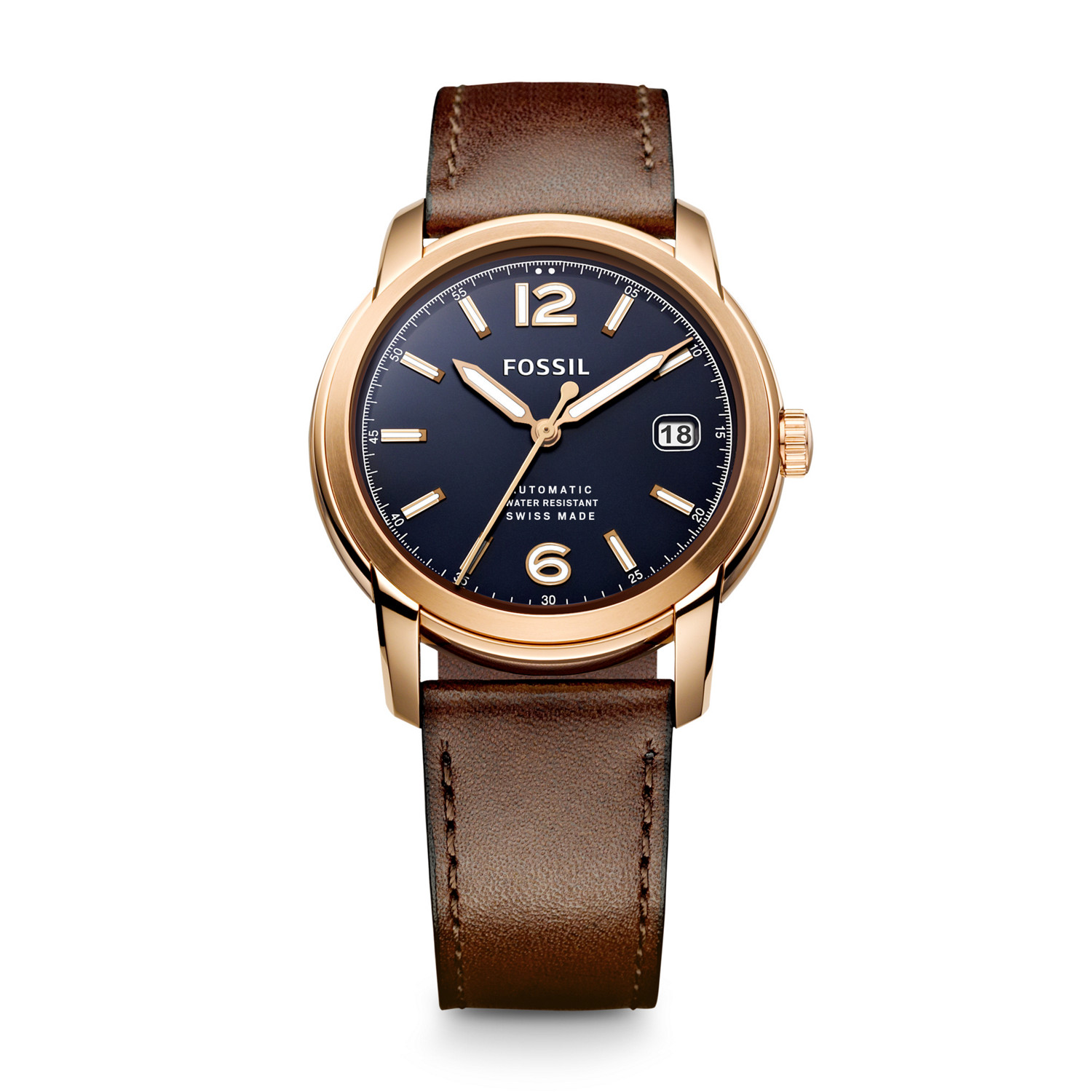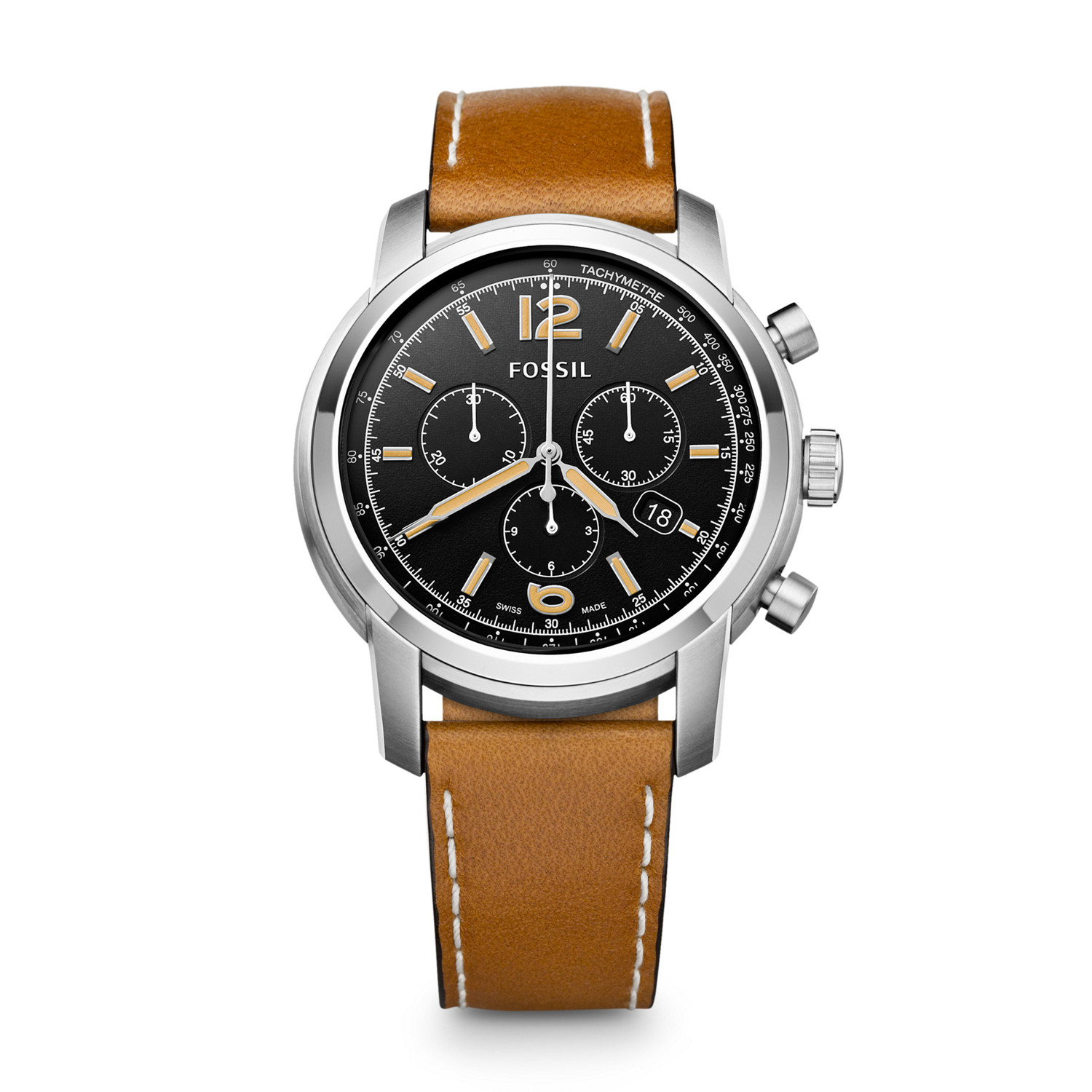
The story starts in the small Swiss town of Manno. This small town is the residence of a relatively unknown movement-maker – the STP or the Swiss Technology Production. Huge it is not but not even laughably small; their annual production stays around 100,000 automatic movements. Owned by none other than the Fossil Group from Richardson, Texas, it is where Fossil assembles the movements for their watches.
Fossil purchased STP in 2012 and ever since, went on increasing their Swiss-made portfolio, which formerly had only Zodiac and Burberry. Not just the movements, Fossil now makes their cases, the designs and prototypes all within this facility. The result was last year’s Swiss-made Fossil collection, including the Tory Burch line, with whom; they signed an agreement to go for full fledged production before 2015 ends.
A lot of us might wonder why Fossil wants to make their watches in Switzerland, especially when they are so popular all over Asia for producing inexpensive yet reliable quartz watches. Could it be that they are trying to match up with other giants like the Swatch Group or maybe even, Richemont, to increase their share of the business in the Asian market? Could be, for Asia has a huge potential and Fossil just owns 20% of the huge marketplace, which is less than half of the American market share of the brand. Fossil latched on the general thought pattern; if mid-tier luxury comes as Swiss, people in Asia will always go after it. And we know Fossil to keep prices under check without compromising on quality.
Formerly, they tried to go Swiss buying the Swiss brand Zodiac (founded in 1882; the Sea-Wolf dive watches were its best) in 2001. Fossil breathed a new life into the brand and some very chunky, very masculine quartz and automatic diver watches (including chronographs) are today its hallmarks. Then, one by one, they procured Montres Antima, Meliga Habillement Horloger and Synergies Horlogères and united them under one brand, which is Antima. Today, they handle sourcing components and assembling them for making prototypes. In short, these three companies are their R&D segment.
However, coming back to STP, they use components procured from mid-sized, independent companies in the Jura and focuses on making just the STP1-11, a three-handed, 11½-ligne automatic movement with a 46 hours power reserve, which is greater than that of the ETA 2824. But for the quartz movements, they use the Ronda. And together with the new case factory, we can definitely say Fossil succeeded in accomplishing their Swiss mission.
Watch(es) mentioned in this post are listed below. Click to see details and buy them:






















































































































































































































